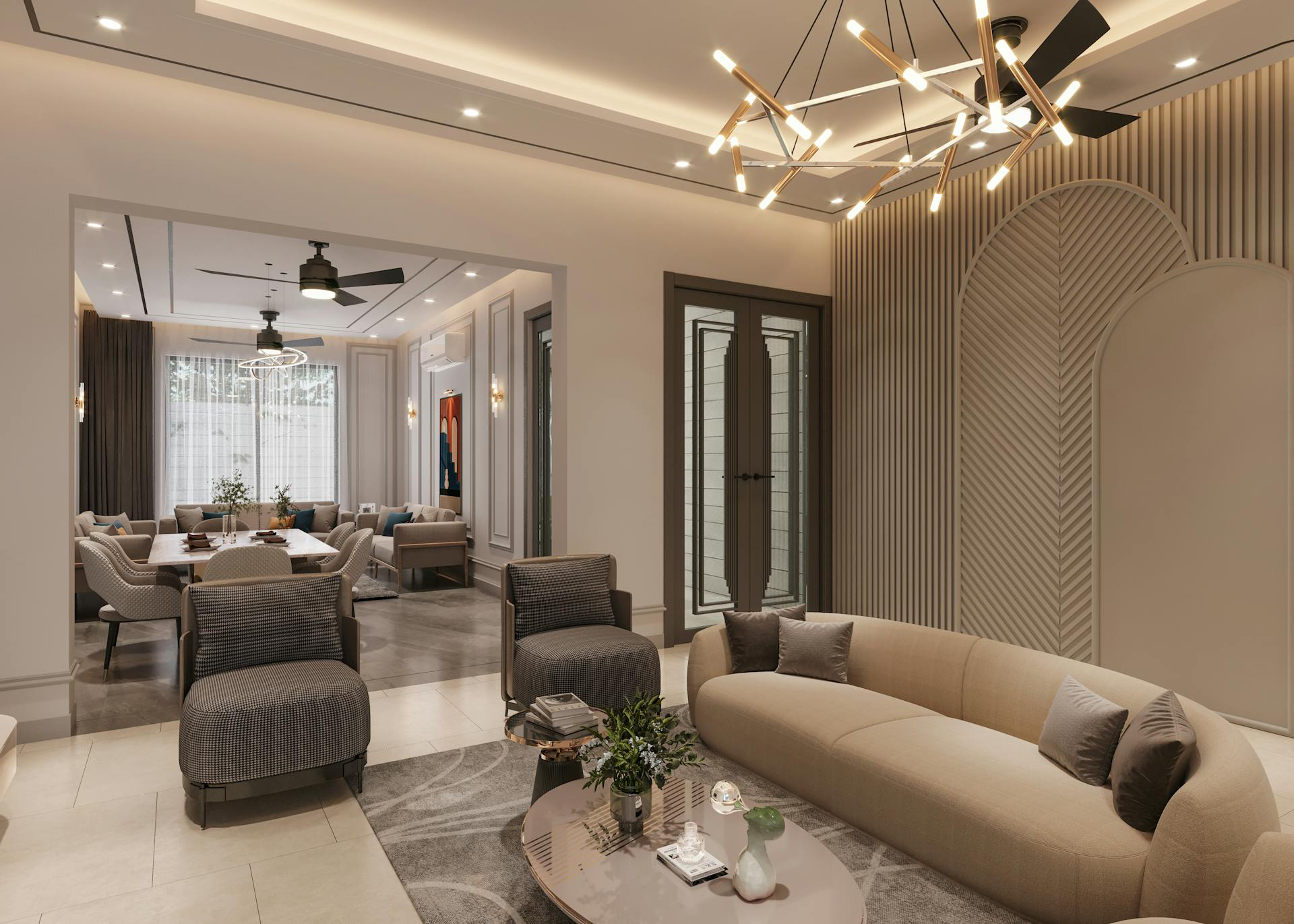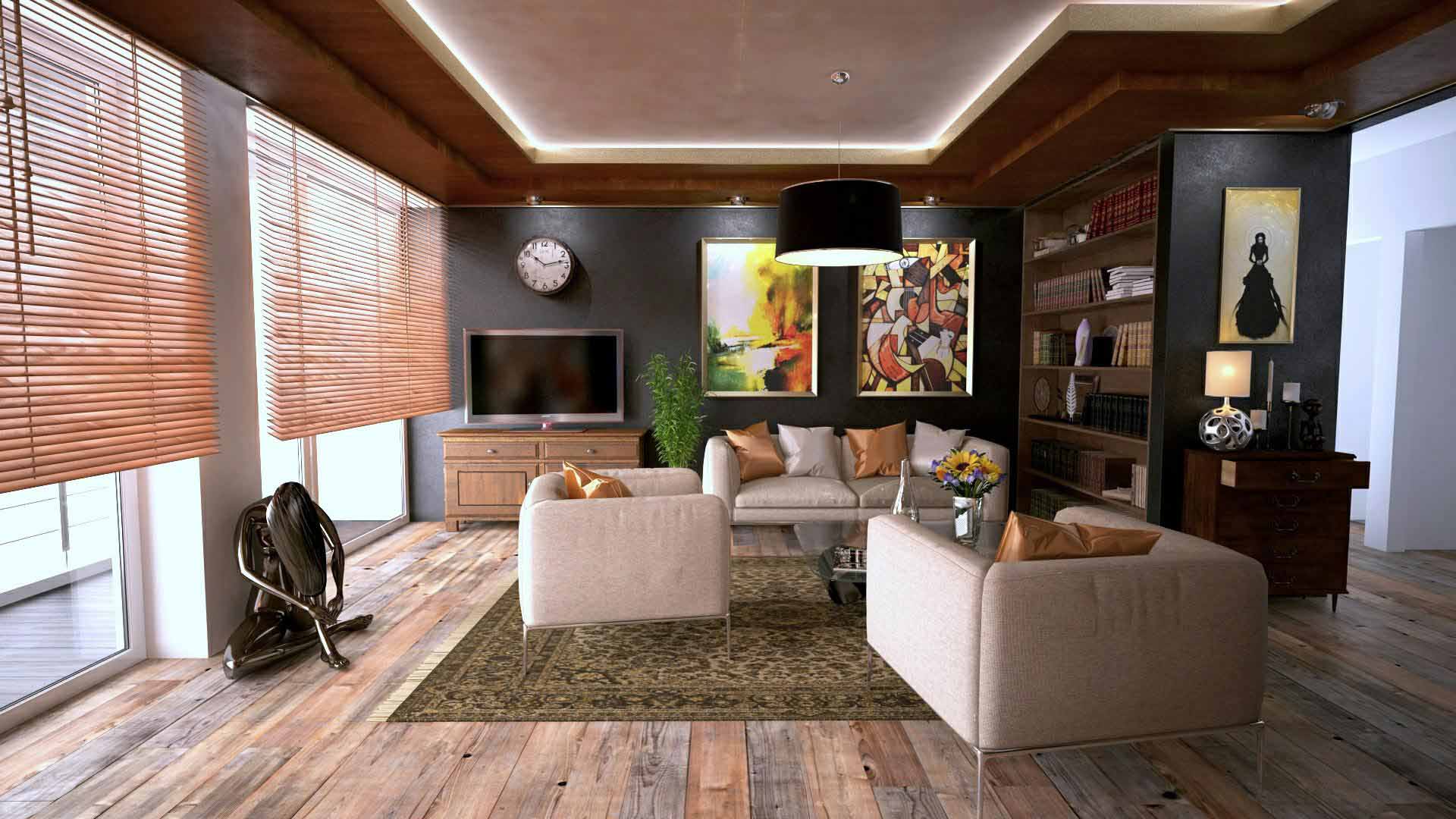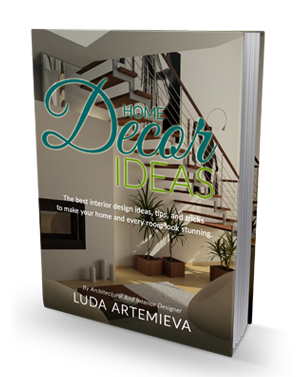Colour is more than just a visual element; it’s a powerful tool that can transform spaces, evoke emotions, and influence behaviours. In interior design, understanding and applying colour theory is essential to create harmonious and functional environments. This article delves into the fundamentals of colour theory and how it can be effectively utilized in interior design.
Understanding Colour Theory
At its core, colour theory is a framework that guides the use of colours in design. It involves the colour wheel, which organizes colours based on their relationships:
• Primary Colours: Red, blue, and yellow. These cannot be created by mixing other colours.
• Secondary Colours: Green, orange, and purple. Formed by mixing primary colours.
• Tertiary Colours: Created by mixing primary and secondary colours.
Understanding these relationships helps designers create colour schemes that are aesthetically pleasing and cohesive.
The Psychological Impact of Colours
Colours have psychological effects that can influence how a space is perceived:
• Red: Stimulates energy and passion. Ideal for dining areas to encourage conversation.
• Blue: Evokes calmness and serenity. Suitable for bedrooms and bathrooms.
• Green: Represents nature and tranquility. Works well in living rooms and offices.
• Yellow: Conveys happiness and warmth. Great for kitchens and entryways.
• Neutral Colours: Such as beige, grey, and white, provide balance and can make spaces feel more open.
By understanding these effects, designers can choose colours that align with the desired mood and function of a room.
Creating Effective Colour Schemes
Applying colour theory involves creating schemes that enhance the space:
• Monochromatic: Uses variations in lightness and saturation of a single colour. Creates a cohesive and soothing look.
• Analogous: Combines colours that are next to each other on the colour wheel. Offers a harmonious and serene feel.
• Complementary: Pairs colours opposite each other on the colour wheel. Provides a vibrant and dynamic contrast.
• Triadic: Uses three evenly spaced colours on the colour wheel. Balances diversity and harmony.
Selecting the right scheme depends on the purpose of the space and the desired emotional response.
Practical Applications in Interior Design
• Accent Walls: Introducing a bold colour on one wall can add depth and interest without overwhelming the space.
• Furniture and Decor: Using colour in furnishings and accessories allows for flexibility and easy updates.
• Lighting Considerations: Natural and artificial lighting can alter how colours appear. It’s crucial to test colours under different lighting conditions.
Seeing It All Clearly
Colour theory is a vital component of interior design that influences aesthetics and functionality. By thoughtfully applying colour principles, designers can create spaces that not only look appealing but also enhance the well-being and experience of the occupants. Whether aiming for a tranquil retreat or an energizing workspace, the strategic use of colour can make all the difference.




